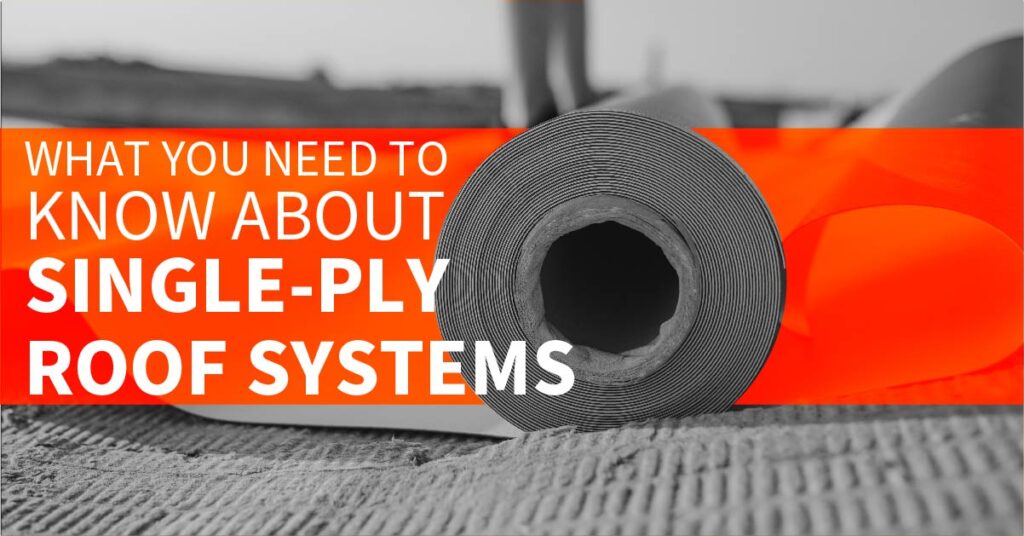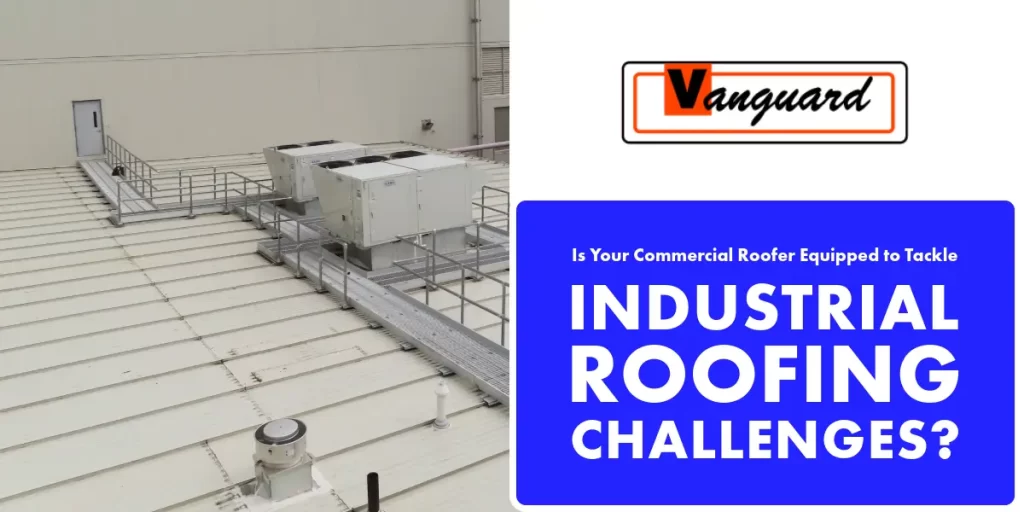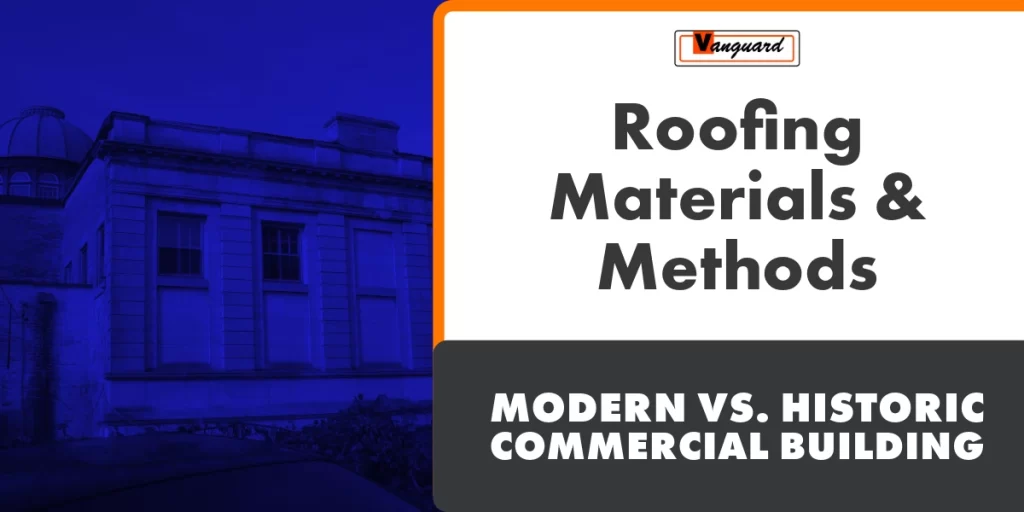Single-ply is wide-width material meant for low-slope commercial roofs. These roofing systems have far fewer seams than asphalt-based rolled systems and don’t require hazardous torches or hot asphalt for installation. They usually come with prefabricated detailing accessories to further make the installation easy.
Benefits of Single-Ply Roofing Systems Over Traditional Systems
Single-ply roofing systems are available in a variety of options. Most types comprise of compounded plastic-derived materials manufactured in a factory under strict quality control requirements. They can be applied to the roof in a variety of methods for long-lasting adherence.
When properly installed, single-ply roofing systems provide better strength, flexibility, and durability than traditional roofing systems. Their main outstanding characteristic is they can be installed in one layer. They also offer great flexibility and are highly resistant to UV radiation, which is a superior feature when compared to other flat roof products.
Single-ply roofing membranes are usually black or white finishes and glued, fastened, or installed directly over roof insulation materials.
Types of Single-ply Roofing Systems
There are three common types of single-ply roofing systems:
1.EPDM (Ethylene Propylene Diene Monomer)
EPDM is composed of two main components (ethylene and propylene). These synthetic rubber roofing membranes come as large, white, or black rolls with widths ranging from 7.5–50 feet (with 10 feet being the most common width). With this roofing system, you can expect a lifespan of 10-25 years.
The most common installation methods for EPDM include mechanical attachment, full adhesion, or ballasting followed by taping or gluing of the seams. Since the EPDM material is available in large rolls, it makes a perfect roofing solution for large commercial buildings like shopping centers, warehouses, office buildings, large retail stores, hotels, schools, and universities.
One notable downside to EPDM roofing membranes is they are relatively fragile and susceptible to punctures when walked on. If you must walk on your EPDM roof, be sure to use suitable walk pads.
Pros of EPDM Roofing Systems:
- UV radiation resistance
- The flexible membrane makes it easier to install, especially around flashings and penetrations
- Cost-effective
- Resistant to hail and abrasion
- Durable under extreme weather conditions
- Flexible in cold weather climates
Cons of EPDM Roofing Systems:
- Tends to absorb more heat, which can cause structural overheating under extreme heat.
- Punctures easily, so you should avoid or limit foot traffic.
- Shrinks in dry, hot climates.
2. PVC (Polyvinyl Chloride)
PVC is a synthetic, thermoplastic polymer composed of polyvinyl chloride. It offers several impressive properties, including better resistance to wind, fire, moisture, and chemicals. PVC roofing membranes come in rolls of 5–12 feet wide and 50–100 feet long. Generally, PVC is installed using mechanical fastening, full adhesion, or ballasting and seam welding methods.
The projected lifespan of PVC roofing systems ranges between 15 and 30 years. Since the roofing material is packaged in much smaller rolls than EPDM, it is easier to install, making it suited for smaller commercial and residential properties.
Pros of PVC Roofing Systems:
- Versatility (can be installed over patios, balconies, and decks with added non-slip coating)
- Highly reflective surface
- High strength
- Durable due to welding of seams instead of using tapes or liquid adhesives
- Superior resistance to wind, moisture, fire, and chemicals
Cons of PVC Roofing Systems:
- The cost of the material tends to be higher.
- May lose reflectivity over time as a result of excessive air pollution
- The less flexible membrane can make the installation difficult, especially around flashings and penetrations.
3. TPO (Thermoplastic Polyolefin)
TPO membrane roofing systems feature a single layer of synthetic thermoplastic with reinforcing which provides a highly reflective surface which reduces UV radiation penetration and wear. The roofing material comes in rolls with widths of 10, 12, or 20 feet and is often installed using mechanical or adhesive attachment coupled with heat-welded seams.
The lifespan of a TPO membrane roofing system ranges from 10–20 years. Since TPO roofing materials have similar roll sizes as EPDM, their applications overlap.
Pros of TPO Roofing Systems:
- Reflective surface, which reduces UV radiation wear or exposure
- High strength (typically 3–4 times stronger than EPDM)
- Durable due to welded seams
- Low cost
- Excellent wind resistance
Cons of TPO Roofing Systems:
- Like PVC, the less flexibility can make for a more laborious installation around roof penetrations and flashings
Work With Vanguard For Your Commercial Roofing Needs!
At Vanguard in the Mid-Hudson Region, we provide a broad range of flat and low-slope roofing systems for commercial and industrial building applications, including TPO, EPDM, and PVC. Our roofing specialists are highly trained and specialized in different single-ply roofing membranes. We back our roofing works with an extensive contractor guarantee and manufacturer’s warranty. Contact us today to schedule a free inspection or to speak with one of our experienced consultants!



